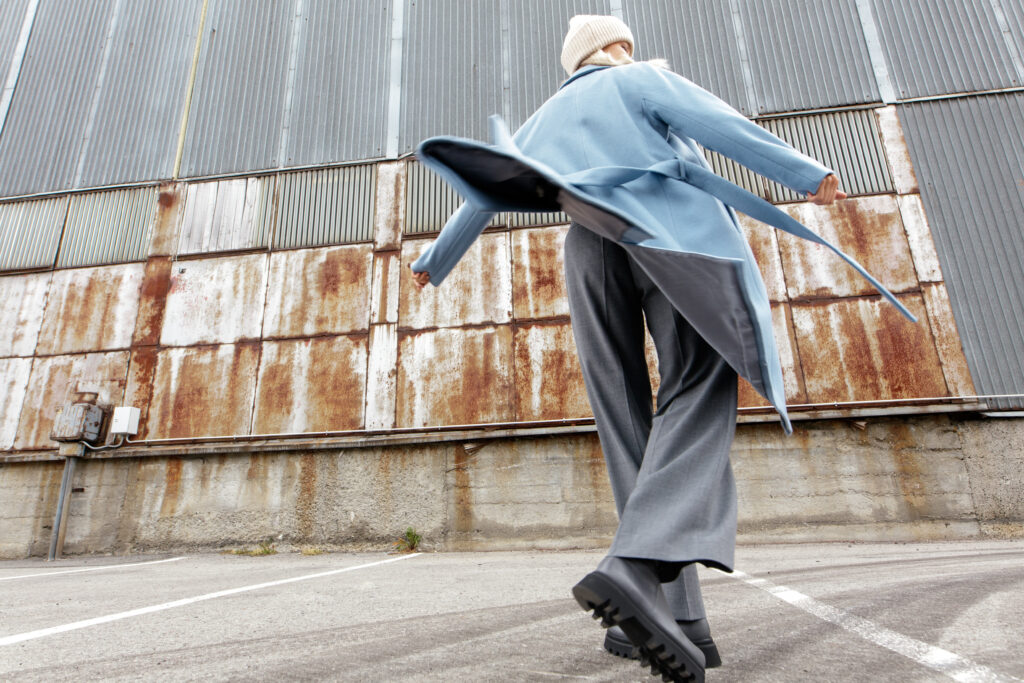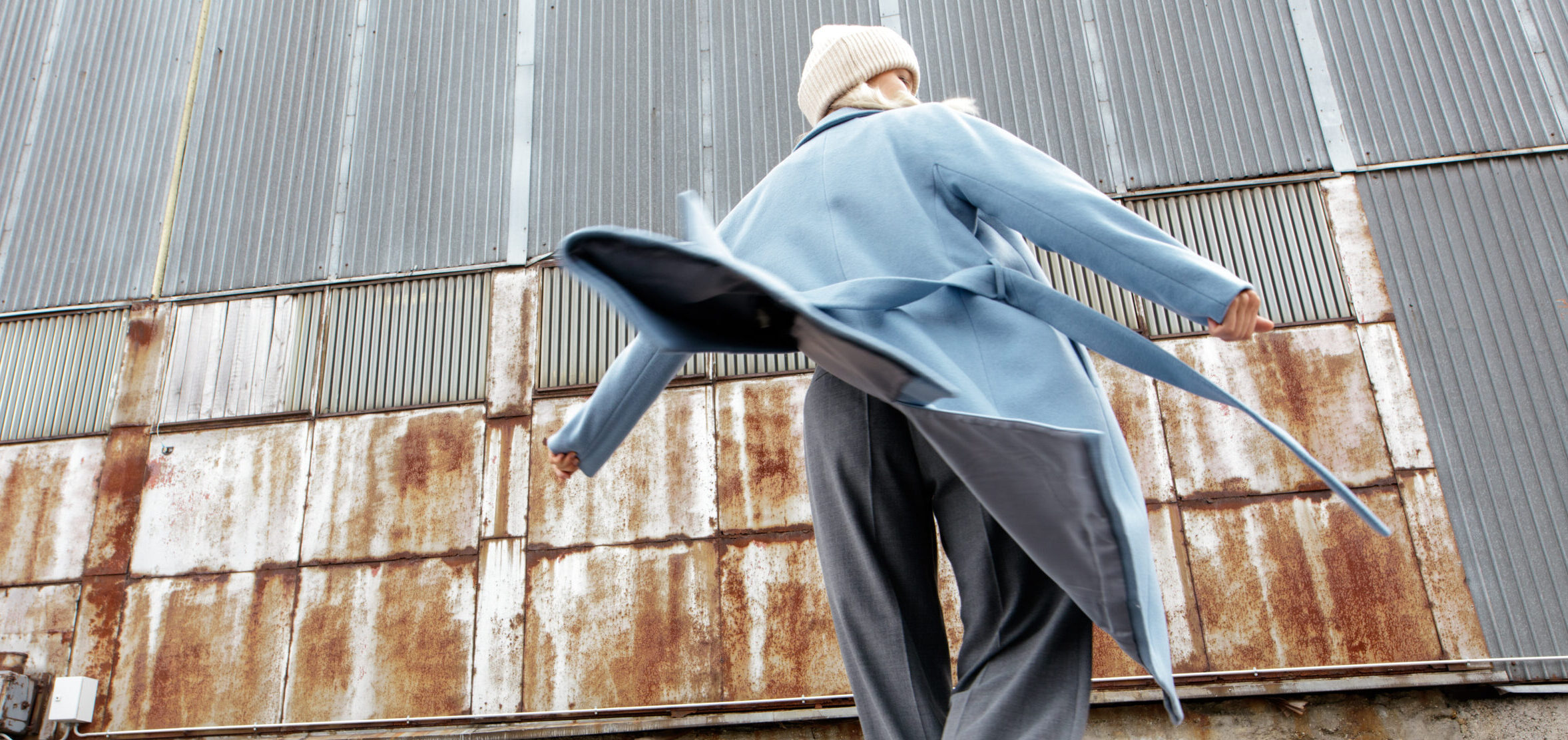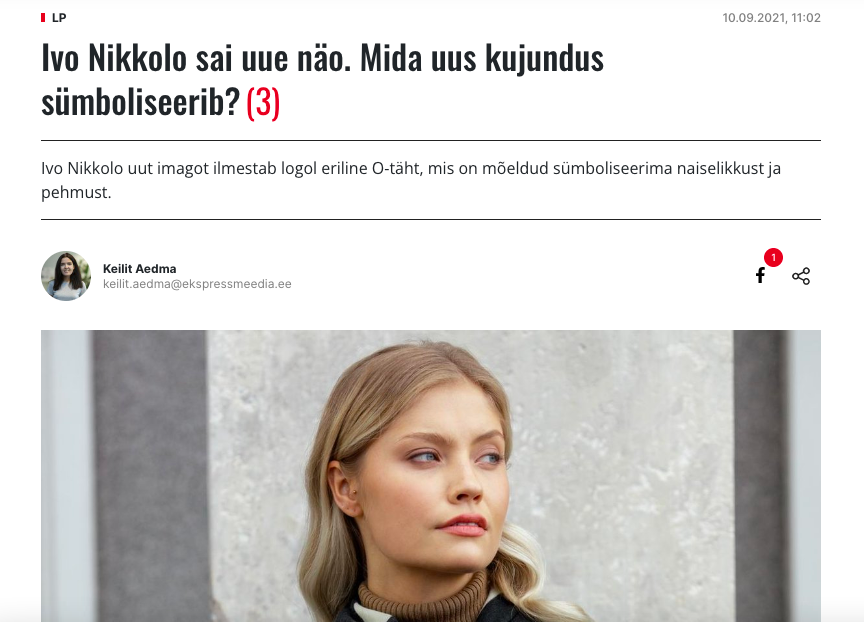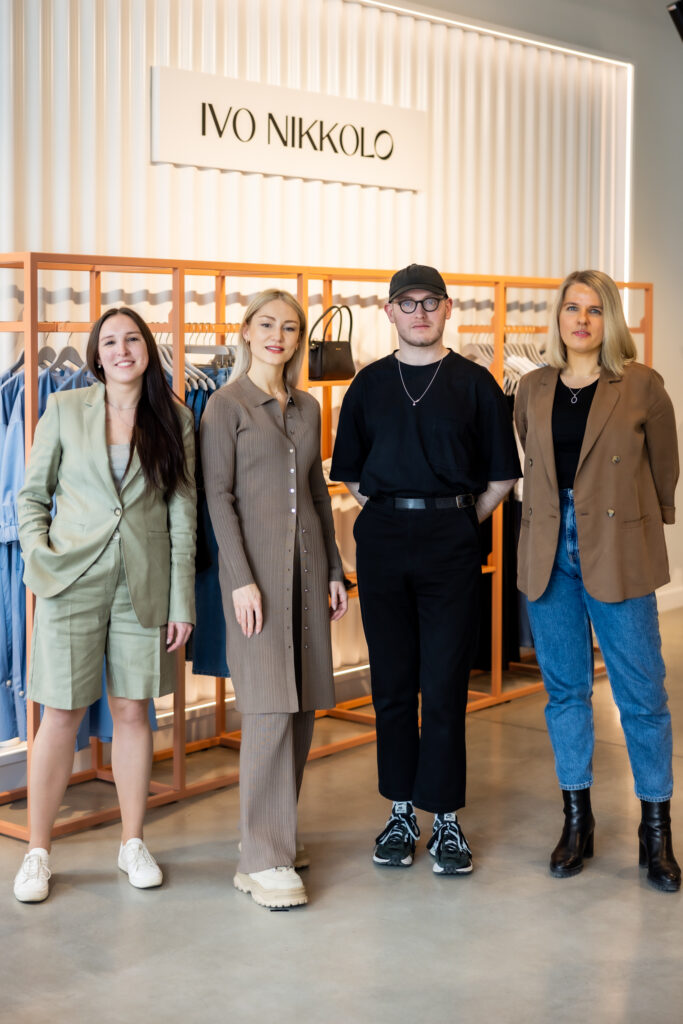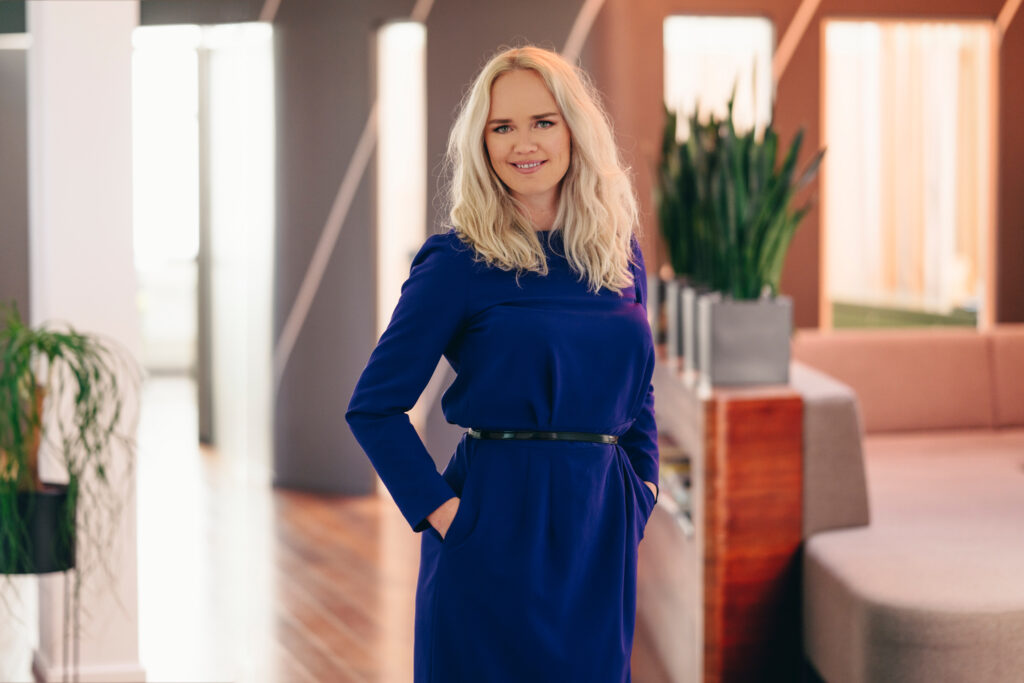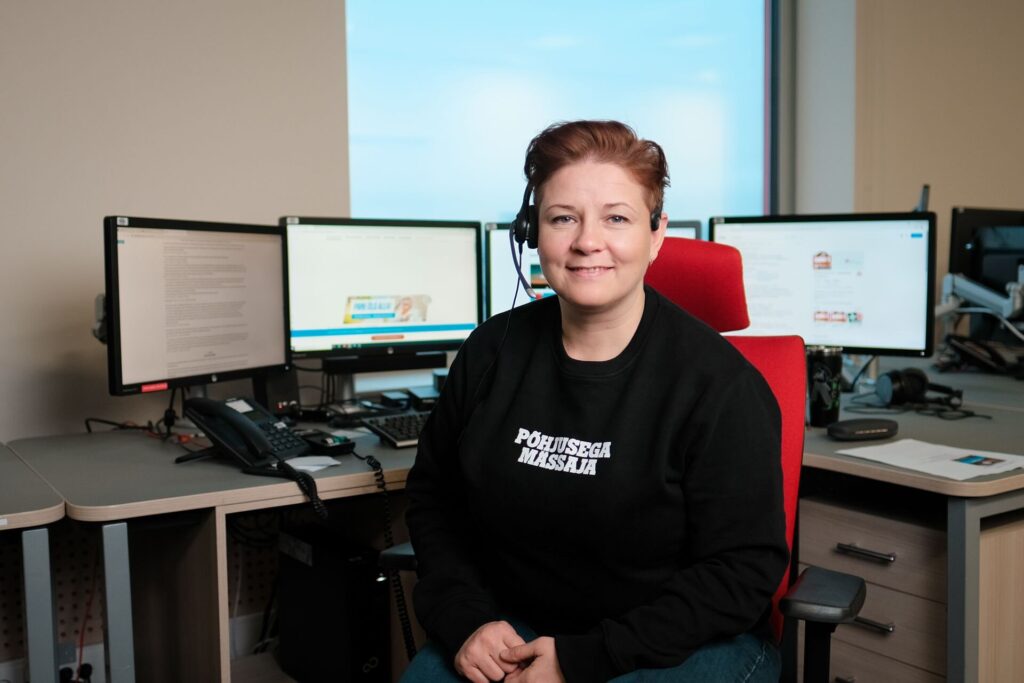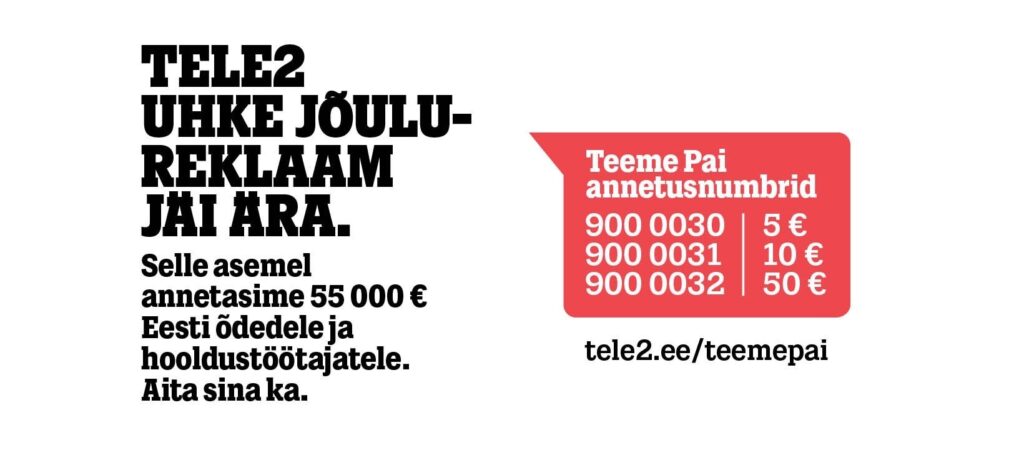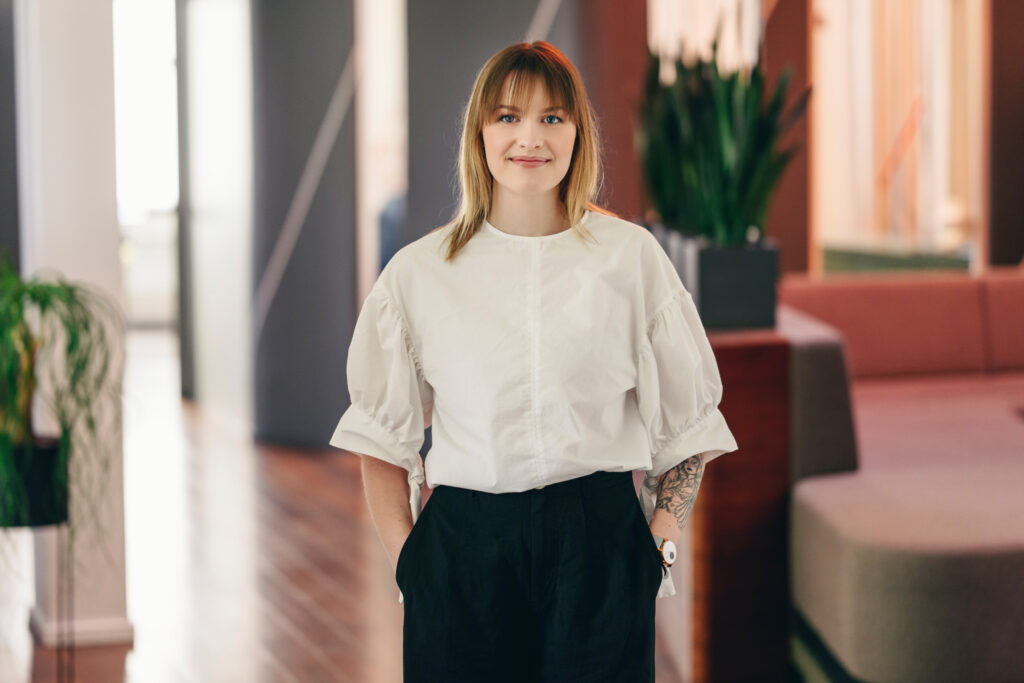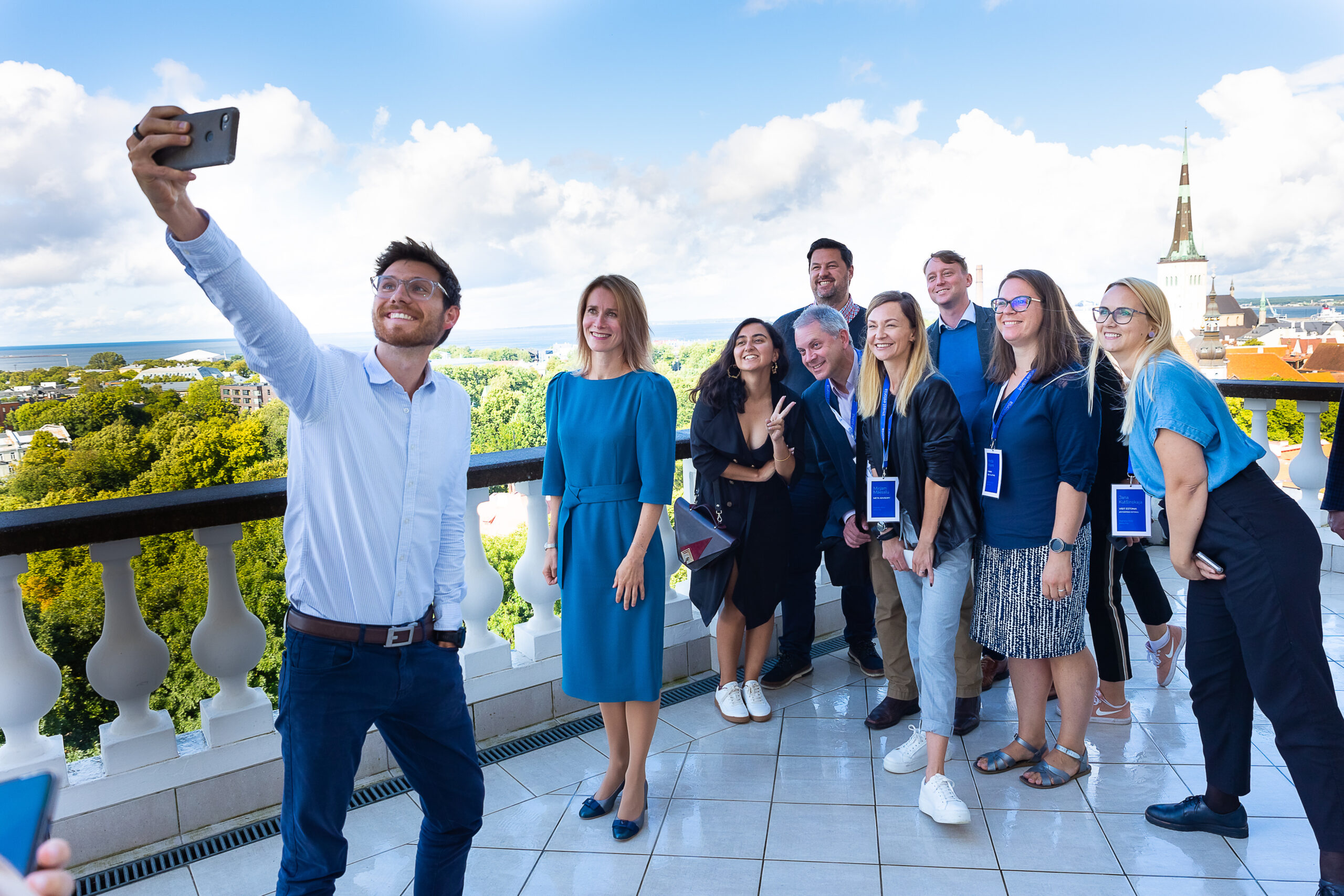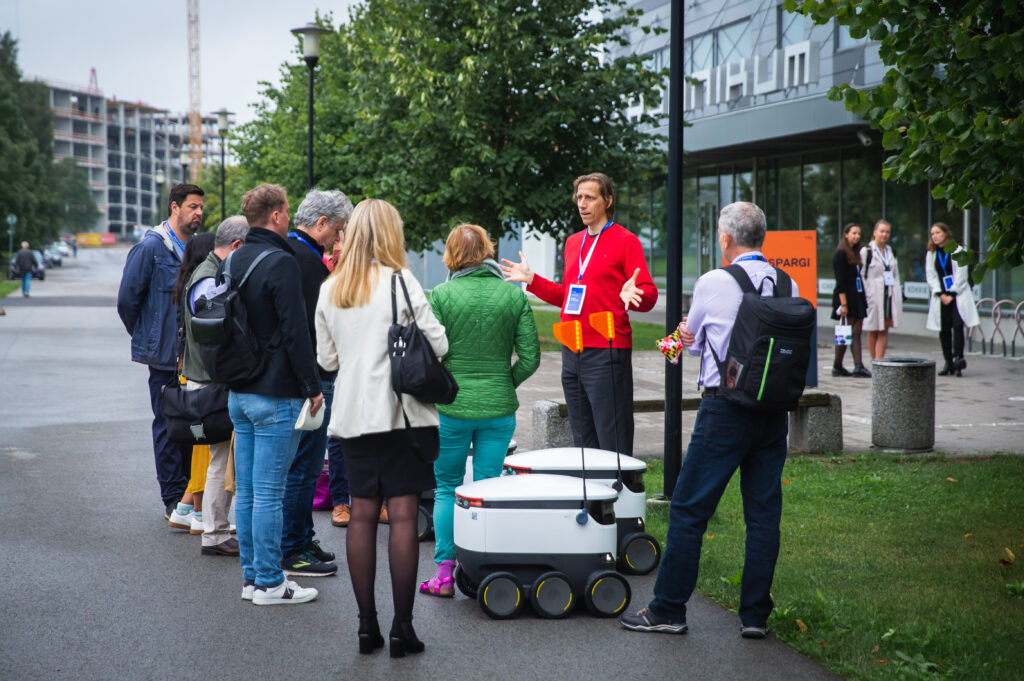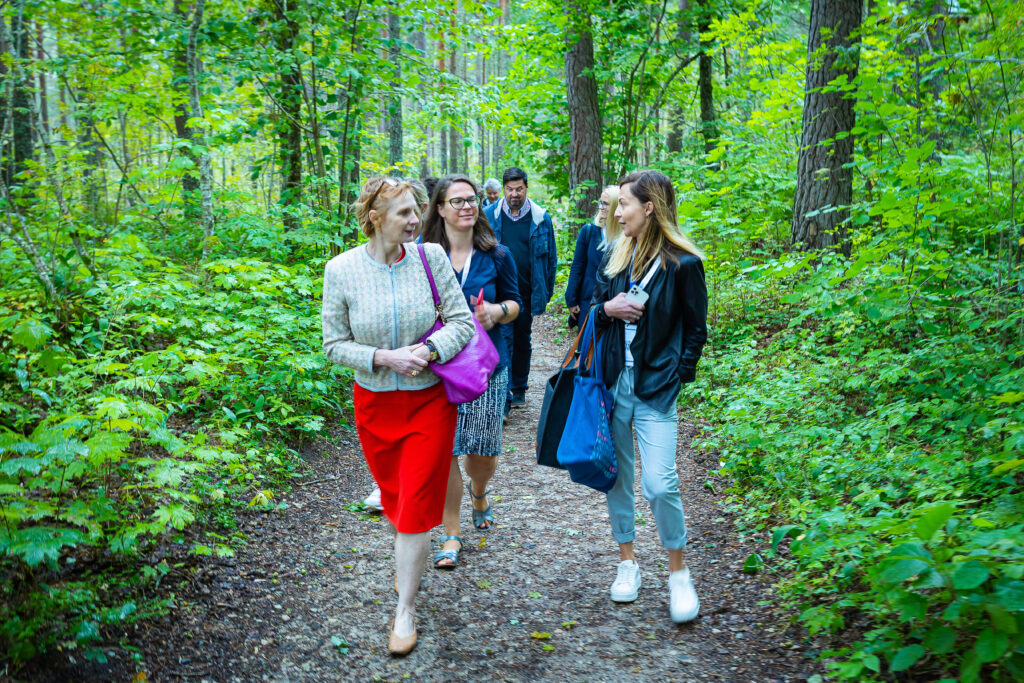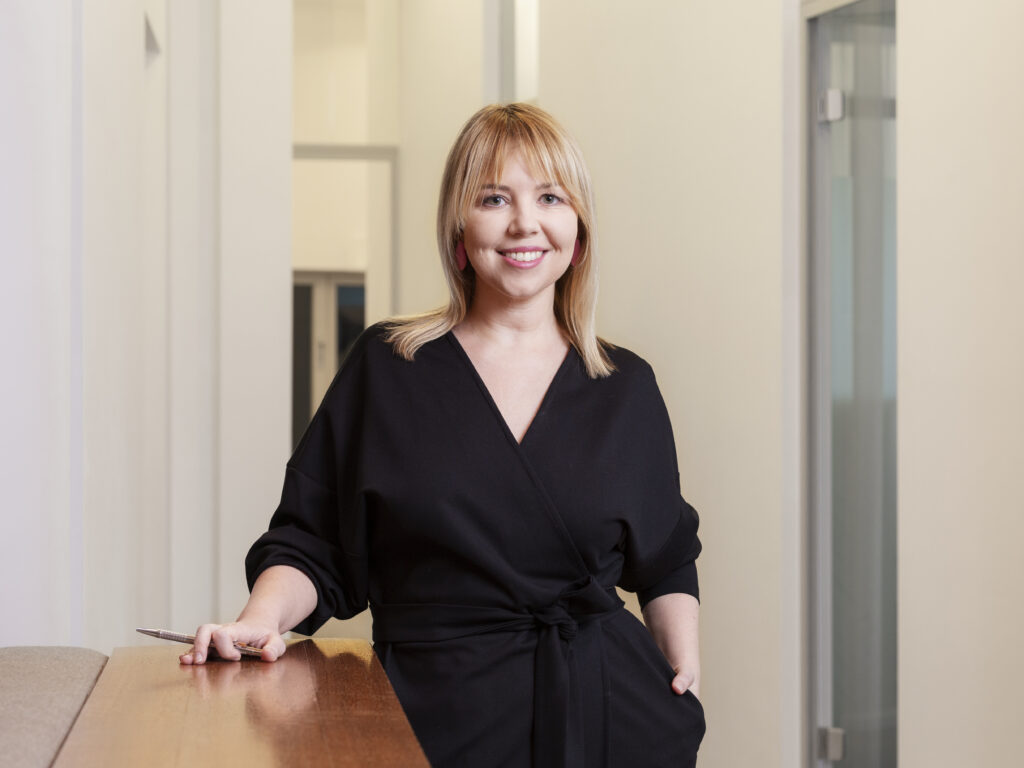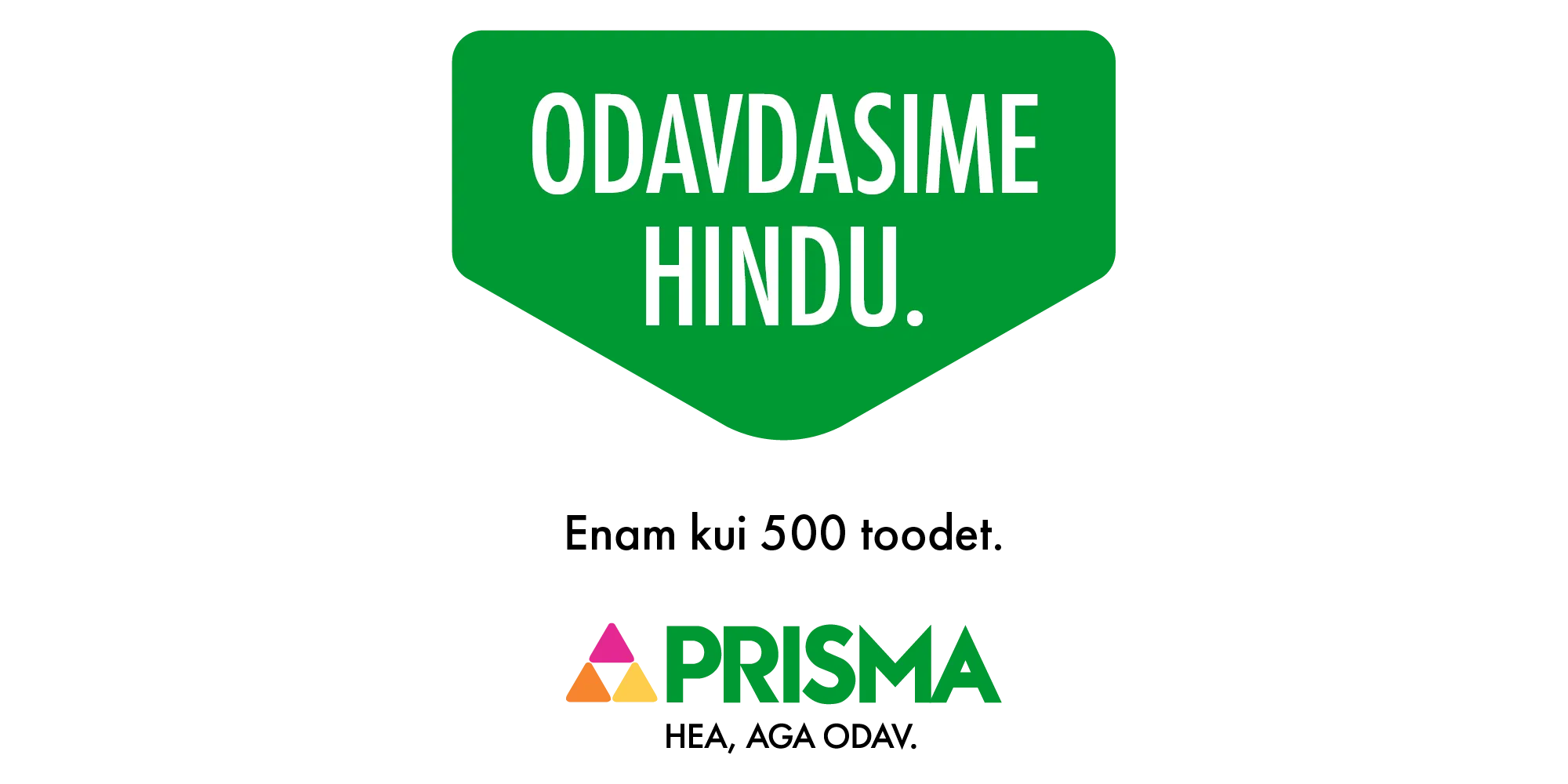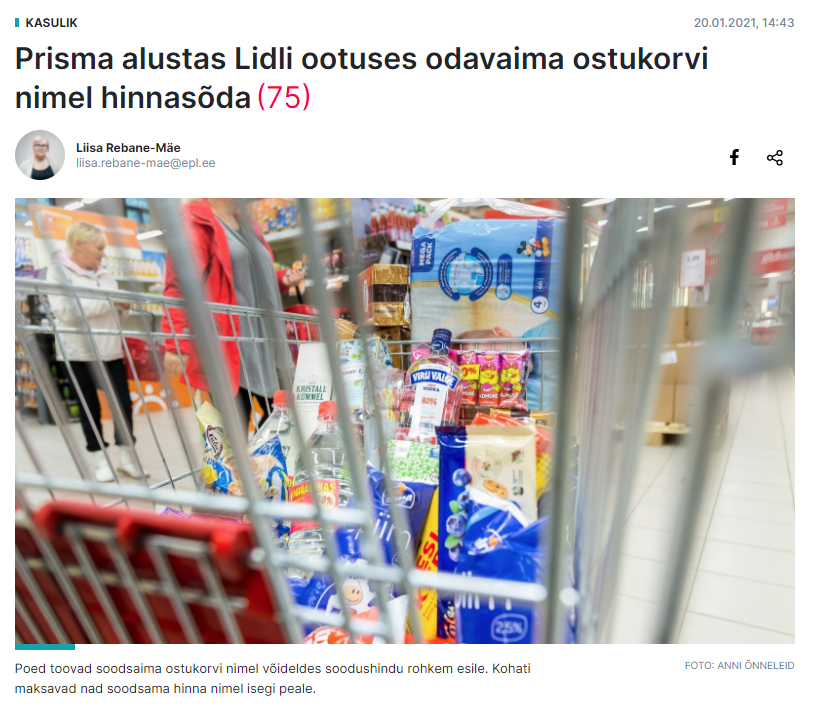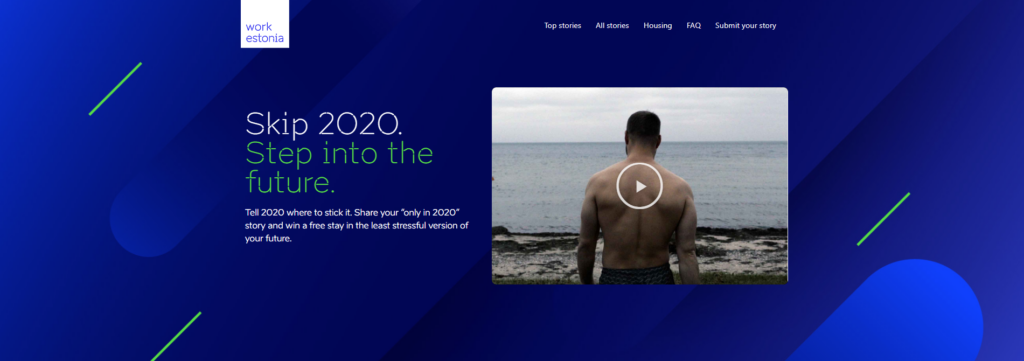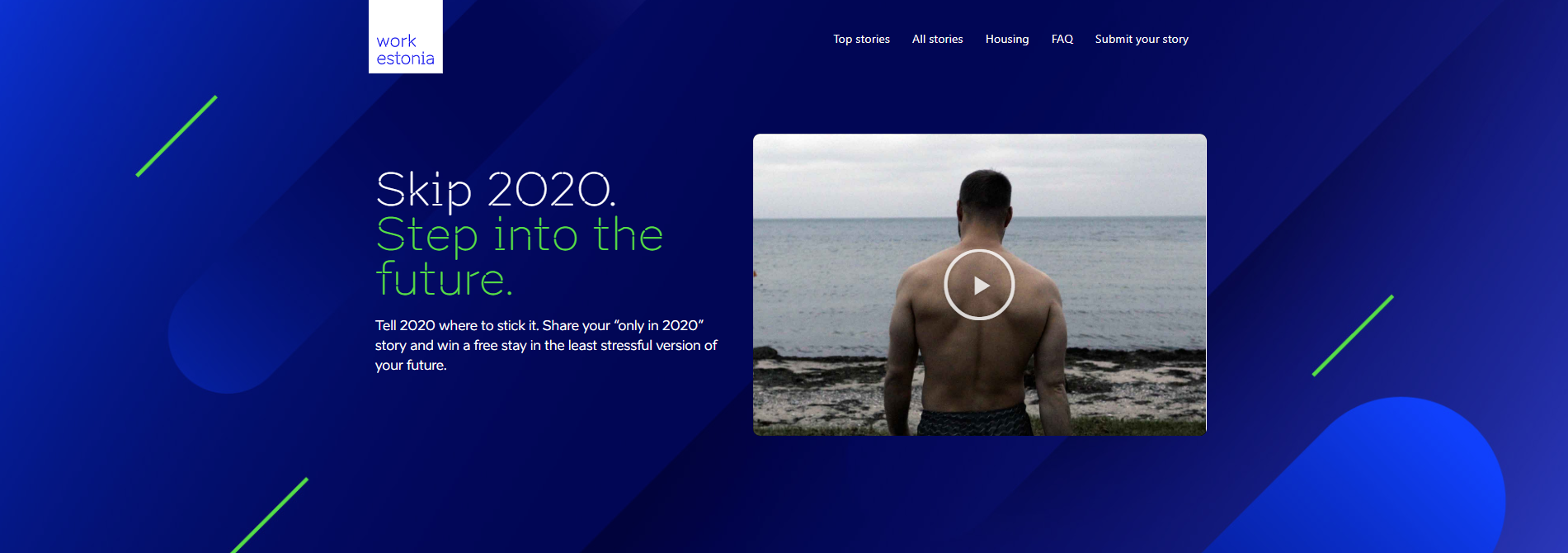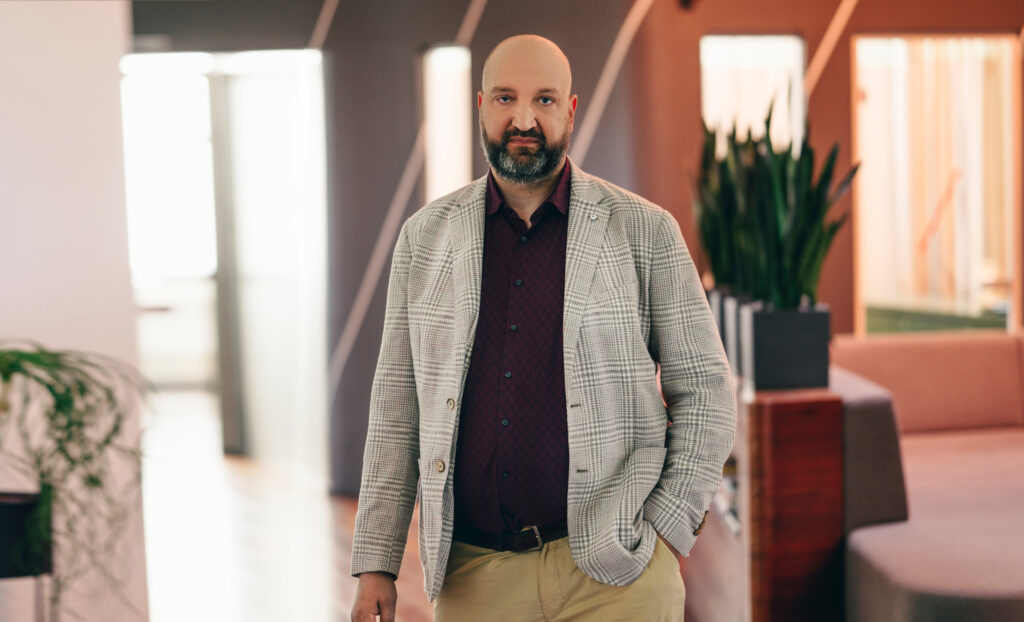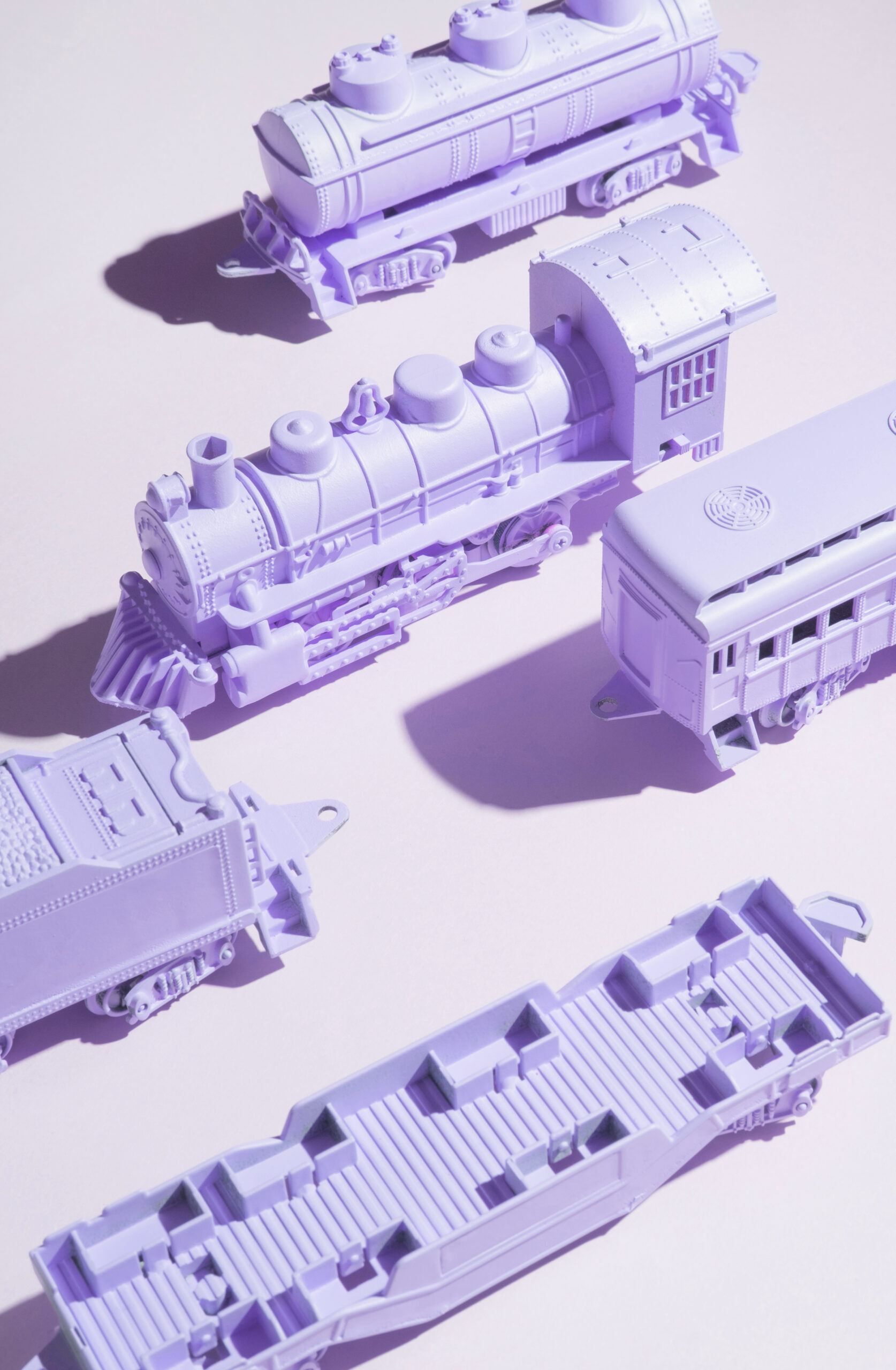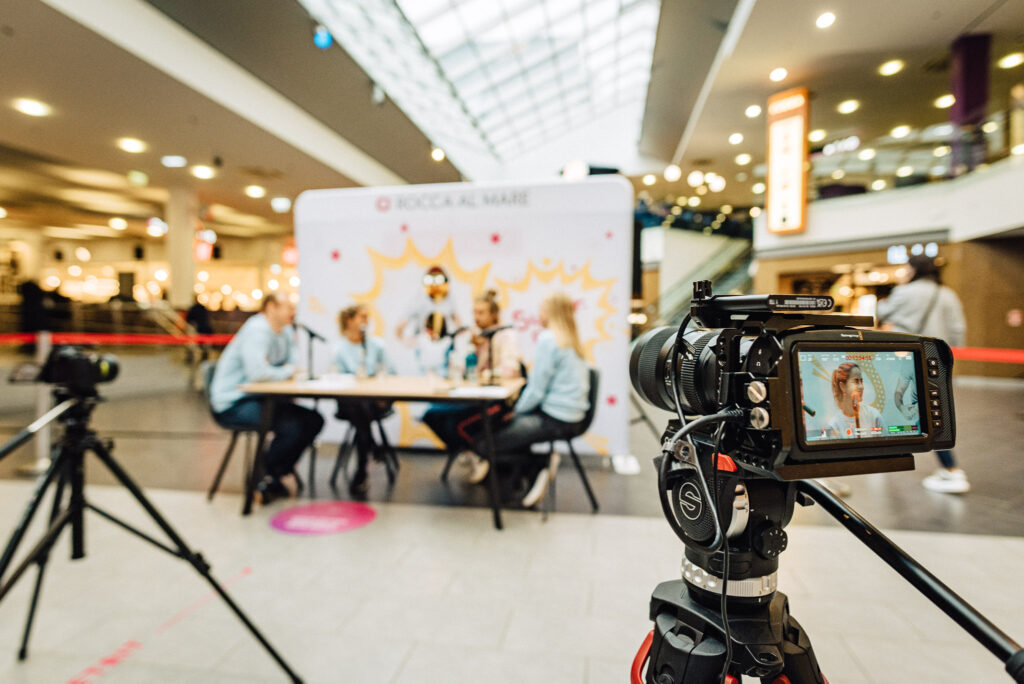HOW DID DEXCOM REACH ESTONIAN DIABETES COMMUNITY AND DECISION-MAKERS THROUGH THE STORIES OF LOCAL BRAND AMBASSADORS?
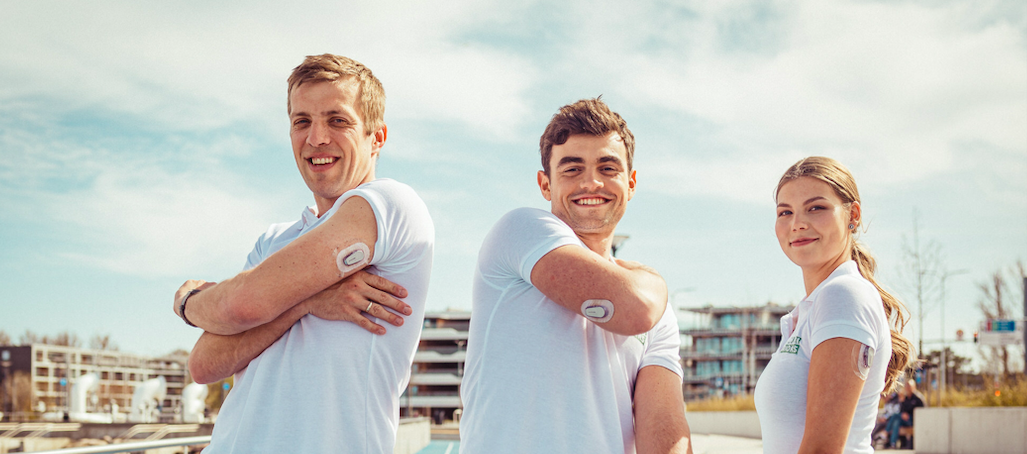

Around 200 people in Estonia are diagnosed with type 1 diabetes each year. There is no cure for the disease, but modern medical technology, such as continuous glucose monitors, can help to manage it better and prevent long-term complications more effectively. Diabetes has attracted a lot of media attention, so our biggest challenge was how to bring a fresh angle to the much-talked-about disease.
3-in-1 objective
In September 2021, we helped Dexcom, Inc., the world’s leading sensor technology company, to launch its brand-new product, Dexcom ONE, in Estonia. As a health product, it was essential to demonstrate the reliability of the new product. At the same time, we needed to raise awareness of sensor technology in general and to increase understanding of it as the preferred standard for diabetes treatment.
In the campaign’s first phase, we targeted people with type 1 diabetes, estimated at around 7,000 in Estonia. Our government relations team provided support to enable national reimbursement for Contiuous Glucose Monitoring (CGM) for people with type 1 diabetes in Estonia.
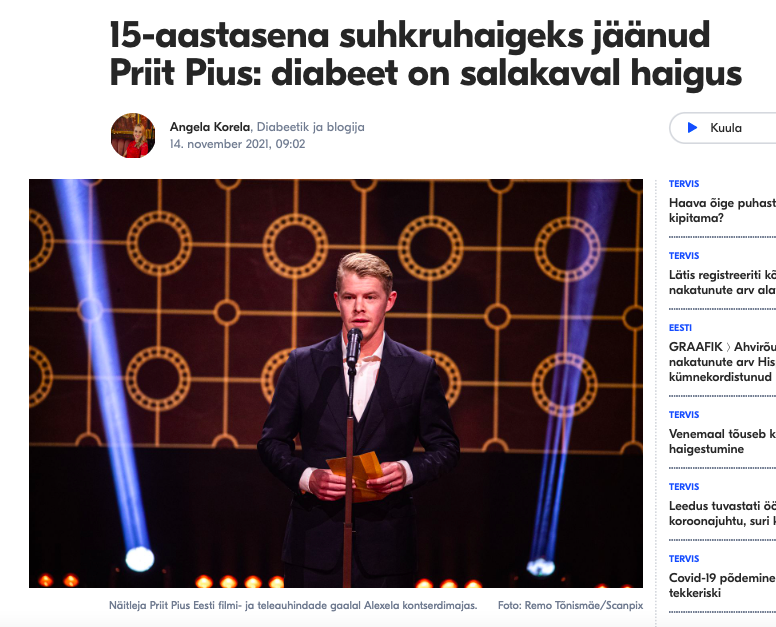
How to reach both the community and decision-makers?
From a strategic perspective, it was crucial to find the stories and the people who could be able to connect with the diabetes community and show decision-makers the quality leap that sensor technology would bring to the lives of people with diabetes.
We brought together seven outstanding people willing to share their diabetes stories. We selected influencers who would speak to different market segments: actors, athletes, and lifestyle bloggers. Through them, we wanted to show that diabetes is not a reason to give up your dreams.
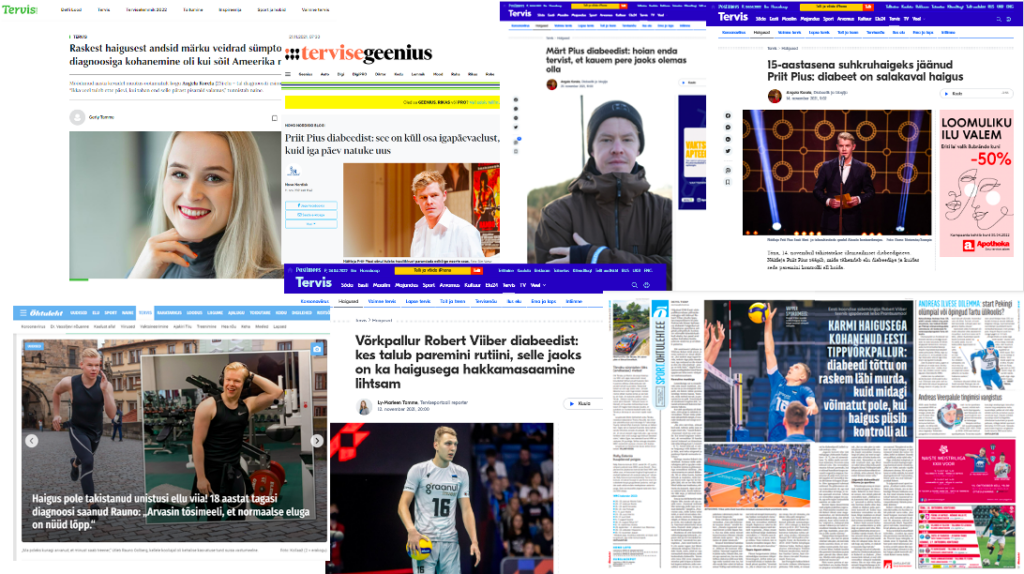
At the same time, the Government Relations team worked to develop cooperation between different stakeholders. We organised meetings with stakeholders, both in government and in the wider health system. This included discussions with the Ministry of Social Affairs, the Health Insurance Fund, the Estonian Children and Young People’s Diabetes Association and many others.
Tactics
- Bringing real-life stories to the media to raise awareness in the community and broader society;
- Focus on moments that matter to our influencers by asking them to share their everyday diabetes moments on social media;
- Be where the target audience is. We identified diabetes groups on Facebook that bring together a significant part of our target audience. In addition, we worked actively with patient organisations.
Almost a quarter of the target group started using the product in the first months
Through real-life stories, we raised awareness of diabetes and the needs of patients to make technology that can significantly improve their quality of life more accessible in Estonia. We reached hundreds of thousands of people by averaging weekly media coverage over six months, including two “Ringvaate” and one “Õhtu” broadcast.
A total of 29 earned media stories appeared during the campaign, 9 of which were exclusive stories of Dexcom Warriors. Posts made by or related to the influencers on social media garnered over 125K impressions and engaged nearly 2000 people. As of 1 January 2022, Dexcom ONE is reimbursed by the Estonian Health Insurance Fund for people with type 1 diabetes. An estimated quarter of the target group has already started using the product in the first months.
As a result of the meetings and discussions, we established new links between institutions, agencies and NGOs, which will continue to allow for ways to engage and cooperate in the future. As a result of the negotiations, we reached an agreement whereby DEXTOM ONE will be reimbursed by the Health Insurance Fund for people with type 1 diabetes from 1 January 2022. It is estimated that a quarter of the target group has already started using the product within the first months.
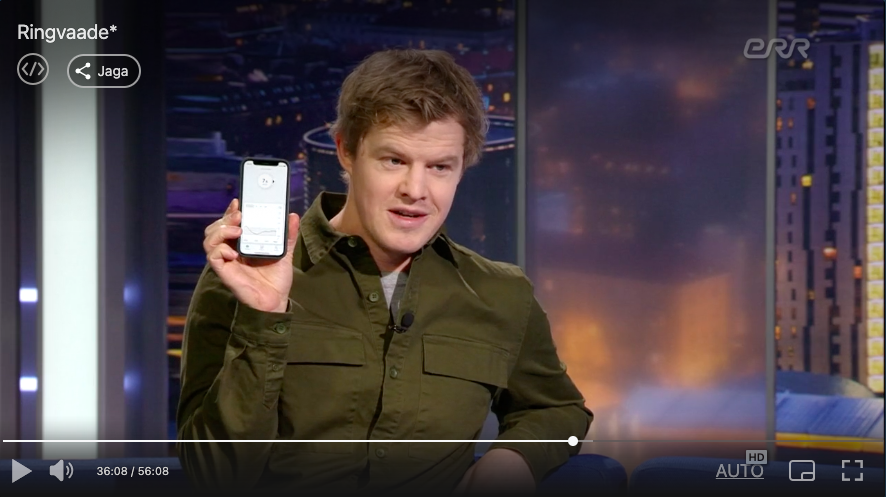
Actor Priit Pius shares his diabetes story and compensation message in the “Ringvaate” studio (20.01.22)
RESULTS
29
free media coverage
3
prime-time TV show
over 1.4 MLN
reach through social media
9
exclusive stories with influencers
over 125K
views in social media
2000+
engagement in social media
Meta team
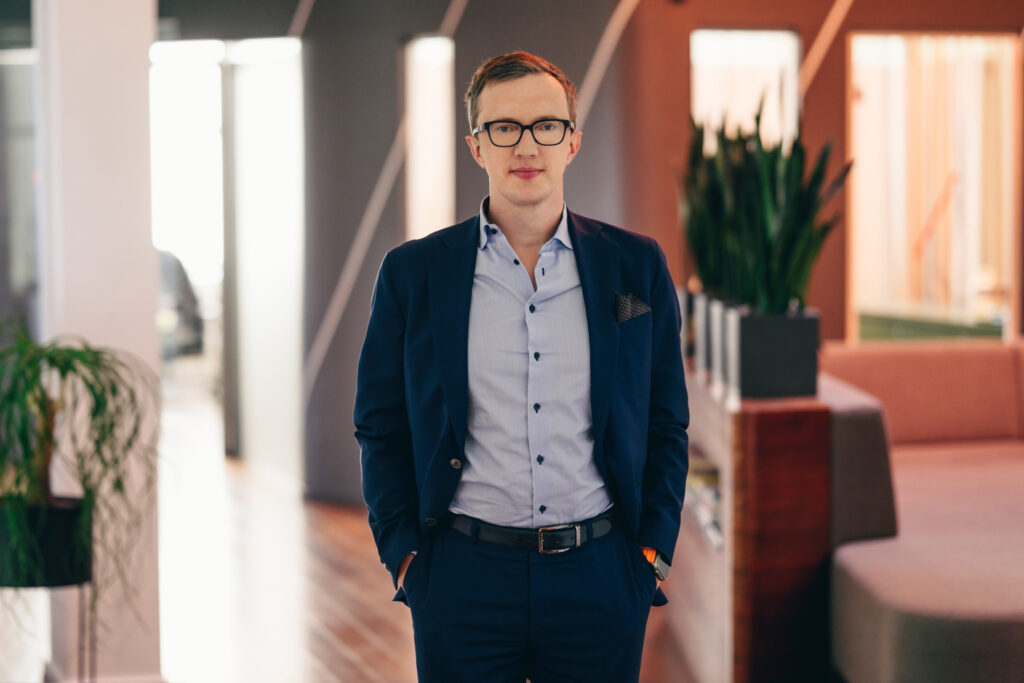
Andreas Kaju Managing Partner
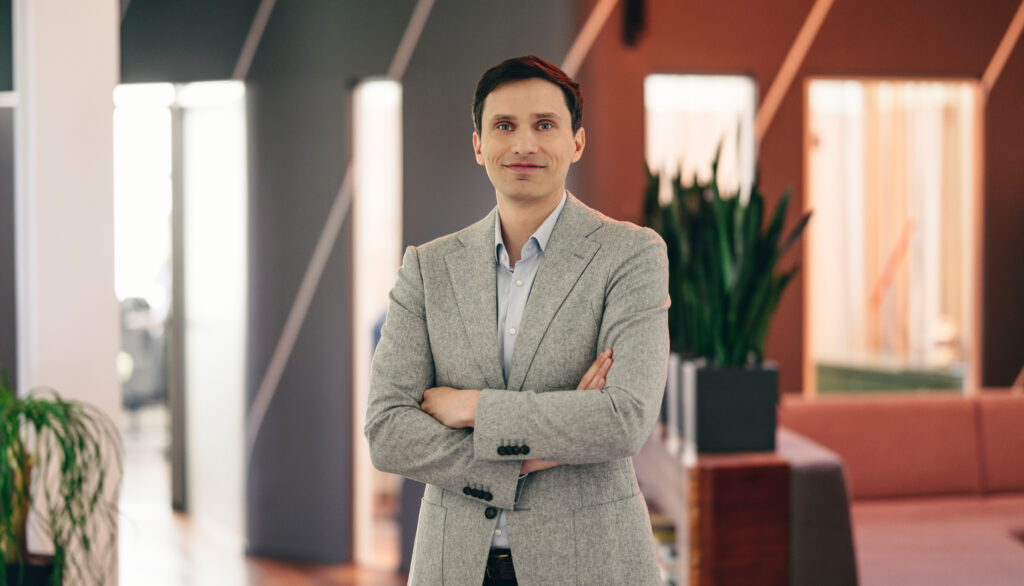
Rainer Laurits Partner and Team Lead

